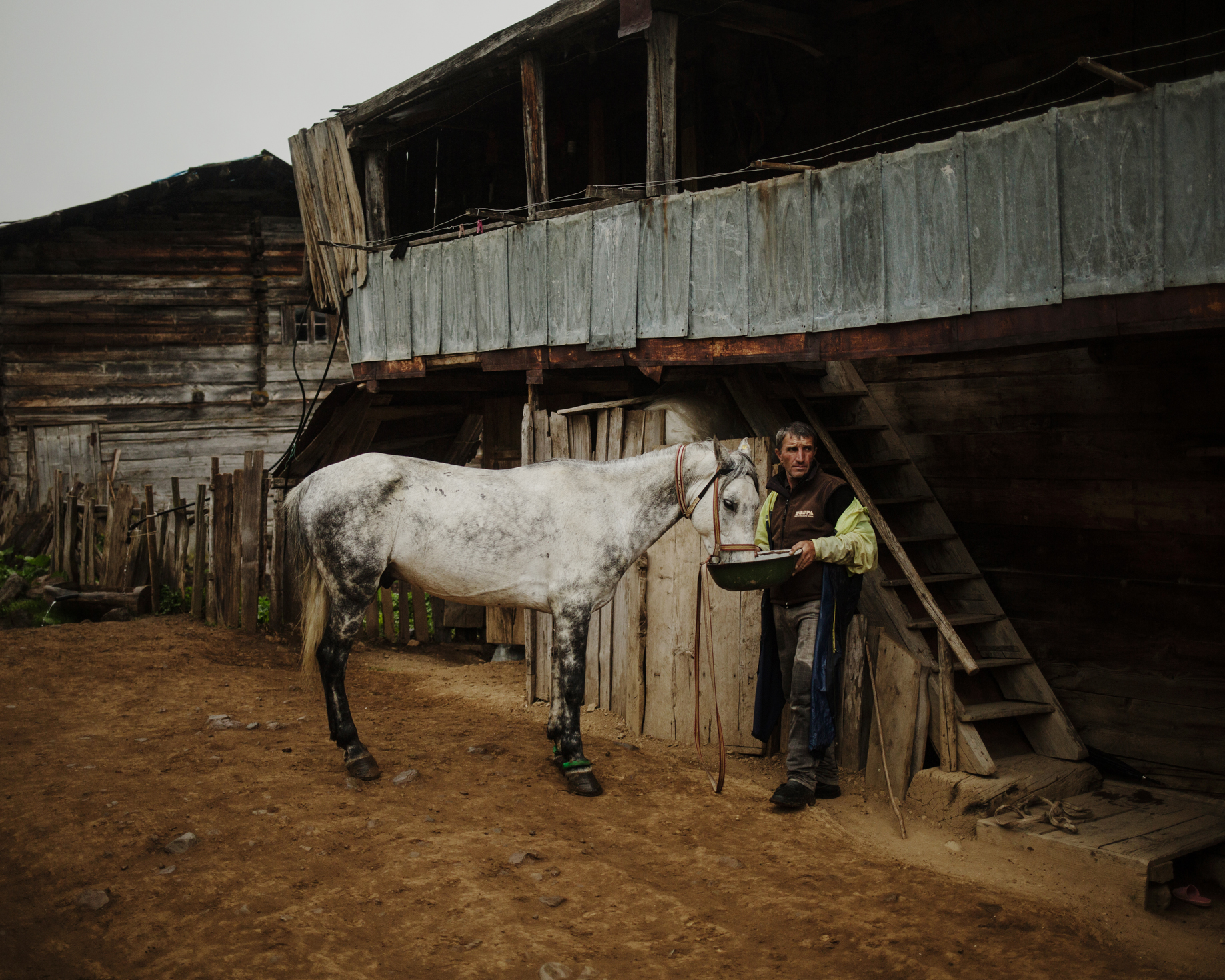
Georgia(ns) - Minorities
Georgia(ns) - minorities
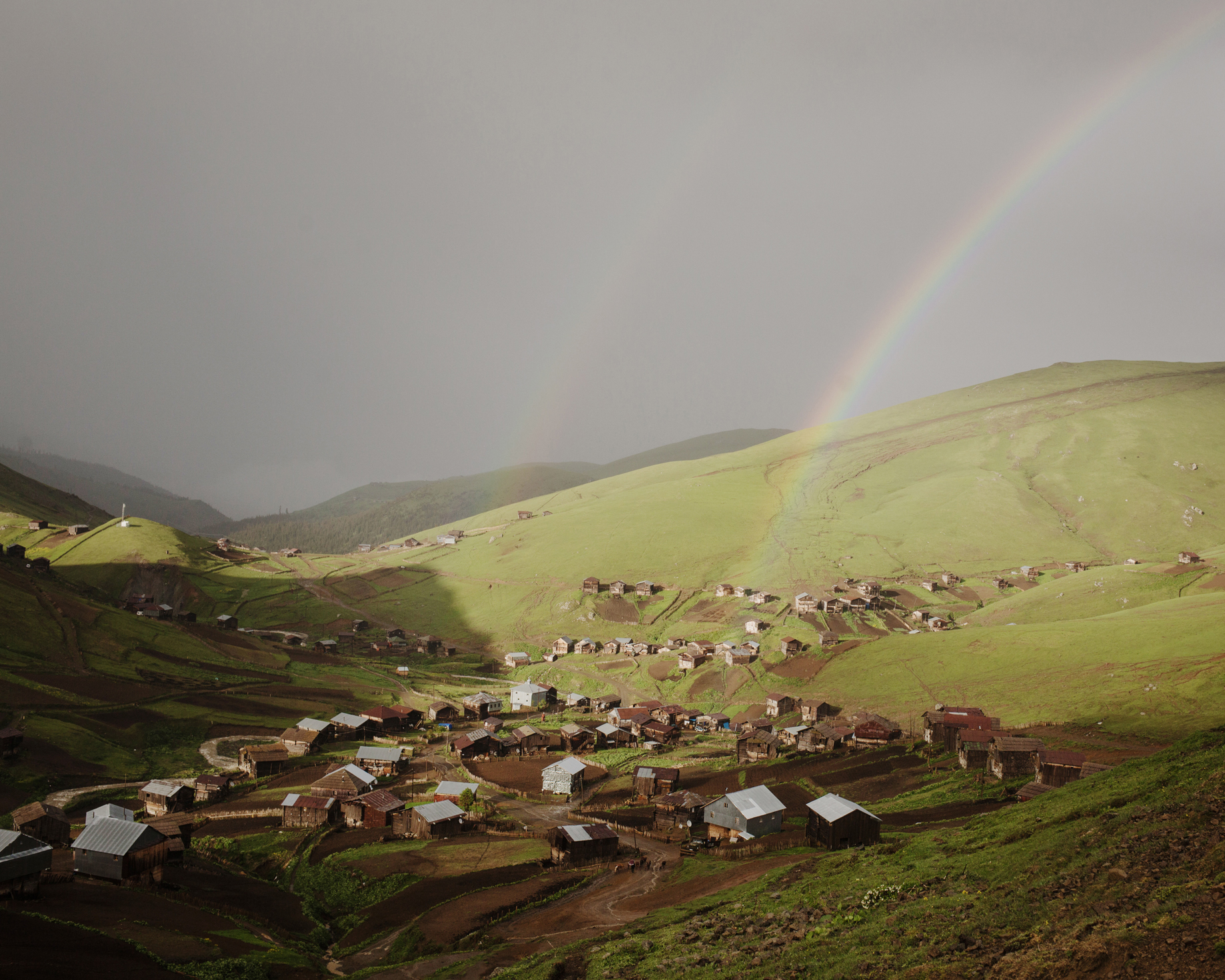
A rainbow after the storm. Zortikheli is the mountain pasture village of the inhabitants of Ghorjomi. A big part of the men and some families come here for a few monthes with their cattles. They have everything here: shop, school, etc

Zortikheli. A man feeds his horse. Horses are mainly used by men to accompany cattles in the pasture.
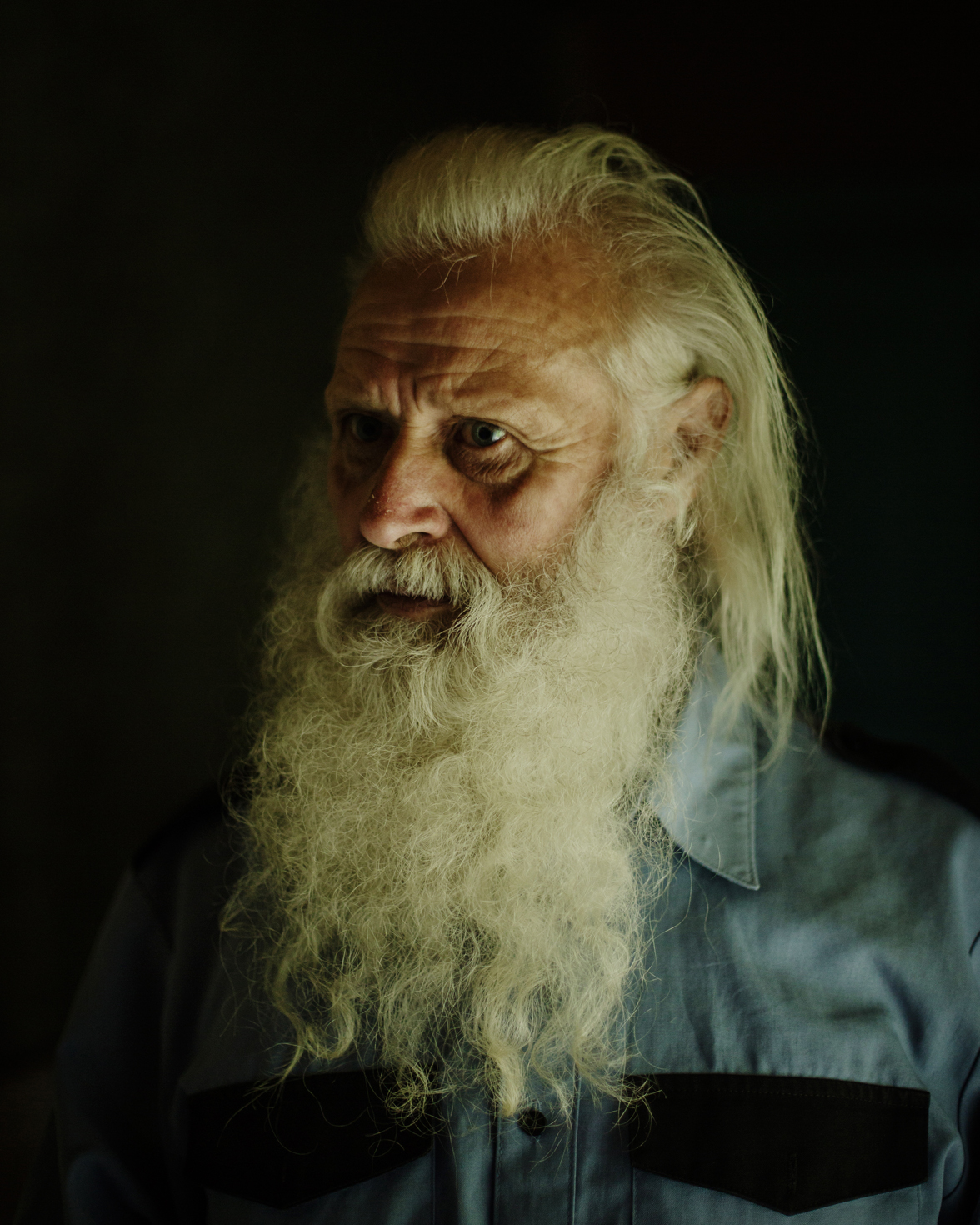
Nikolaï is one of the members of the Doukhbor community of Gorelovka. He left to live in Russia as a lot of members of the community but recently he decided to come back to the village. He shares his life between Sotchi (Russia) and Gorelovka.
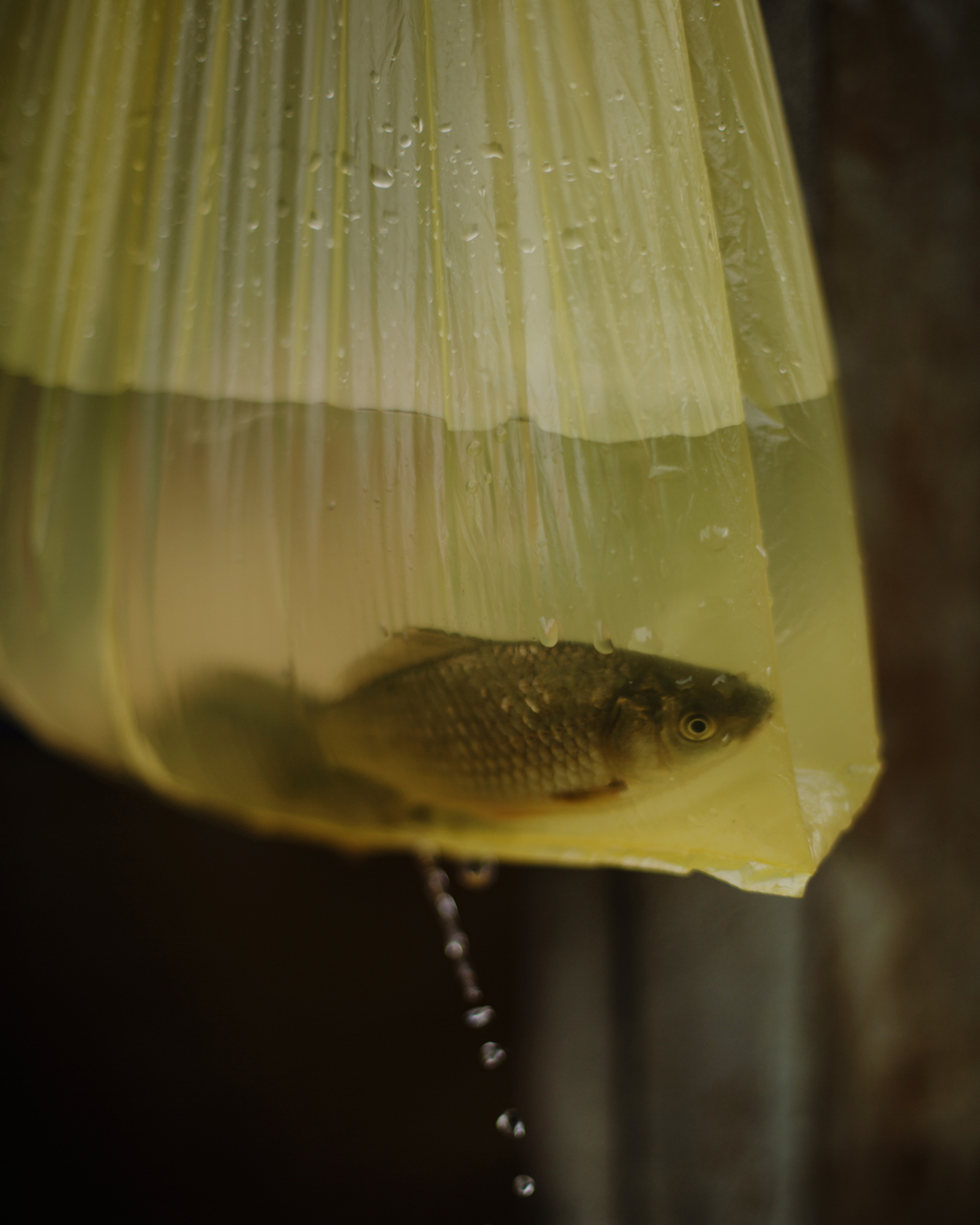
Gorelovka. In the yard of an Adjarian family, a fish in a holed plastic bag.
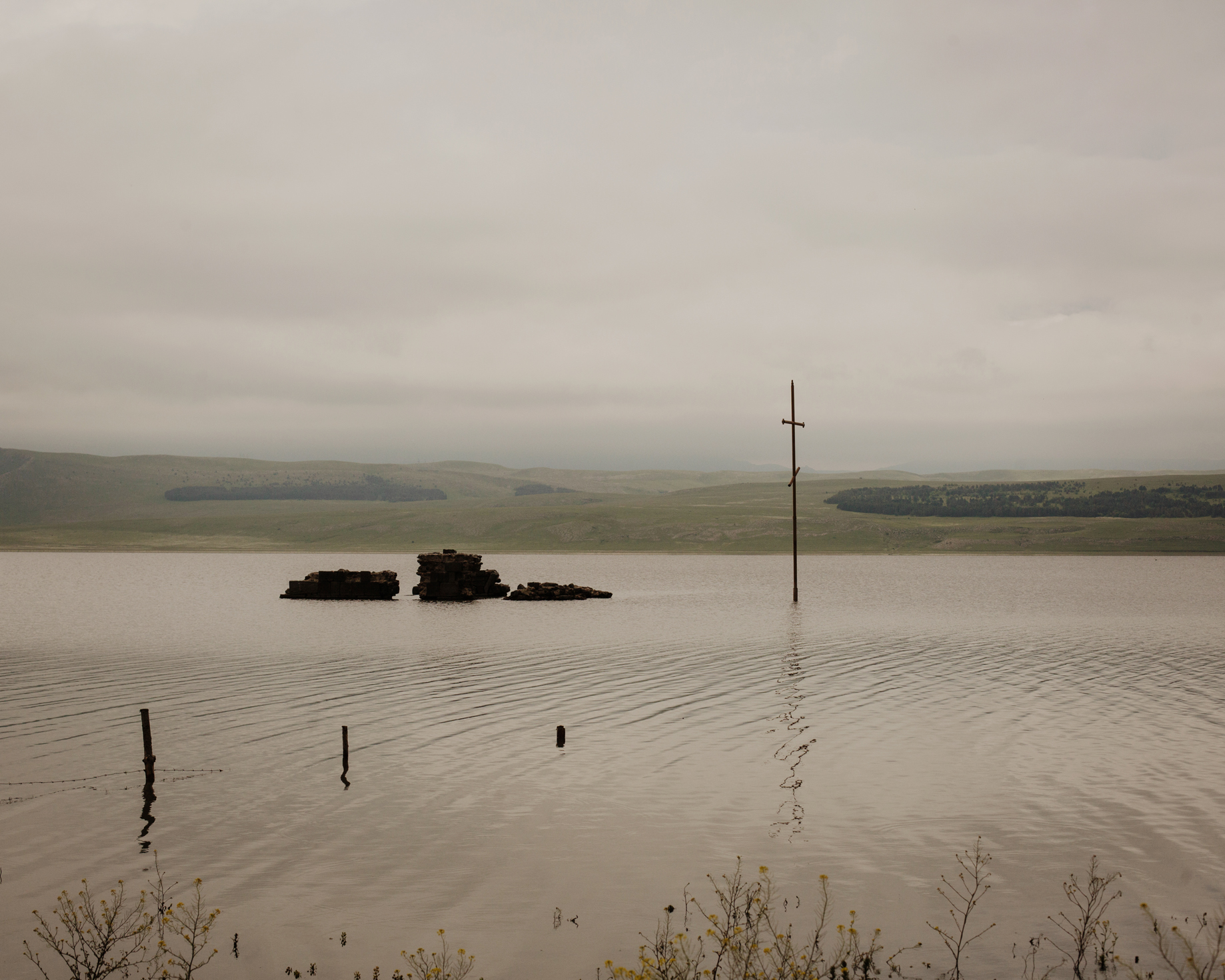
Nor far from Tbeti. The vestiges of a church (according to locals), in the Tsalka artificial lake.
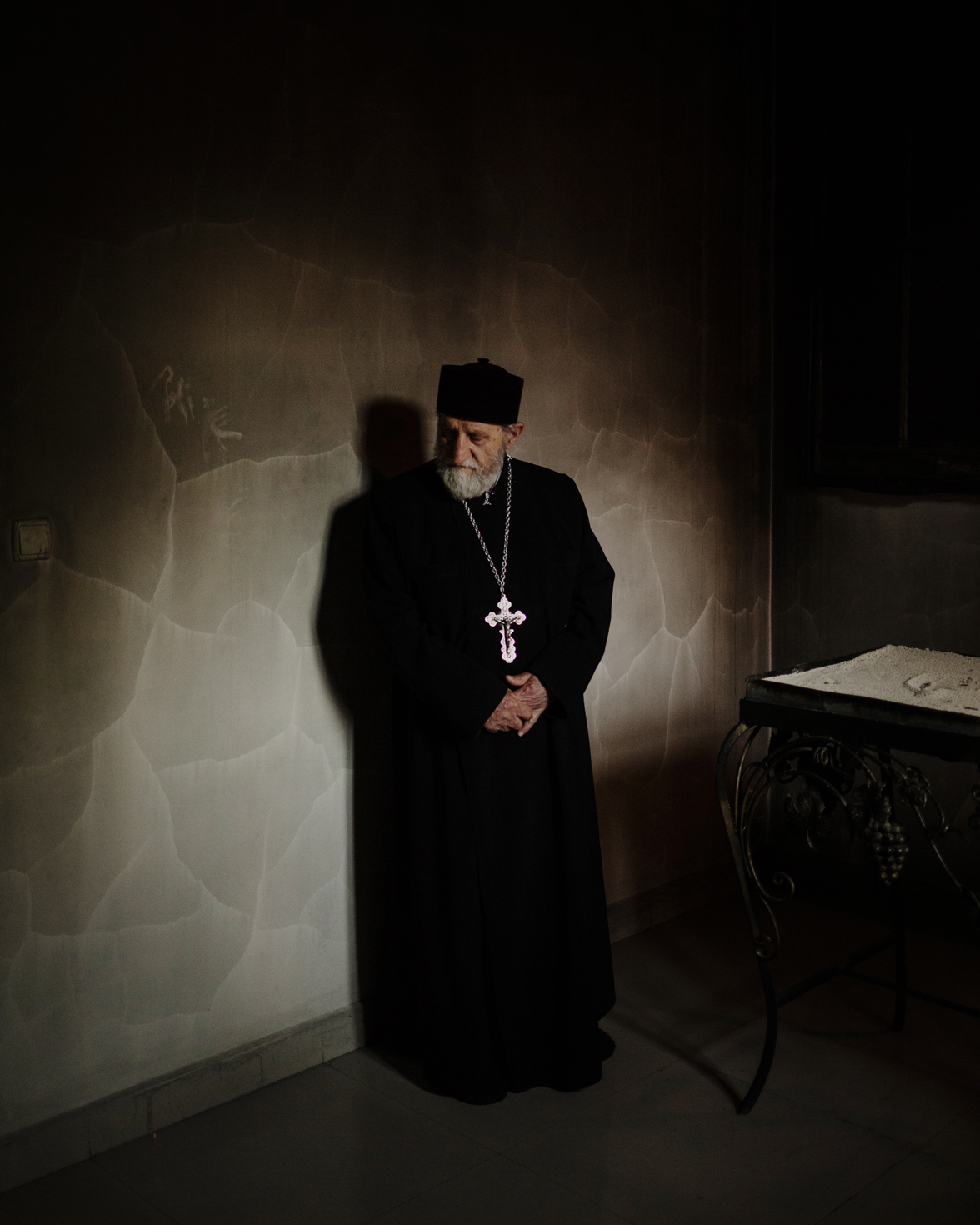
The priest of the Armenian church of Akhalkalaki, a town mainly inhabited by Armenians.
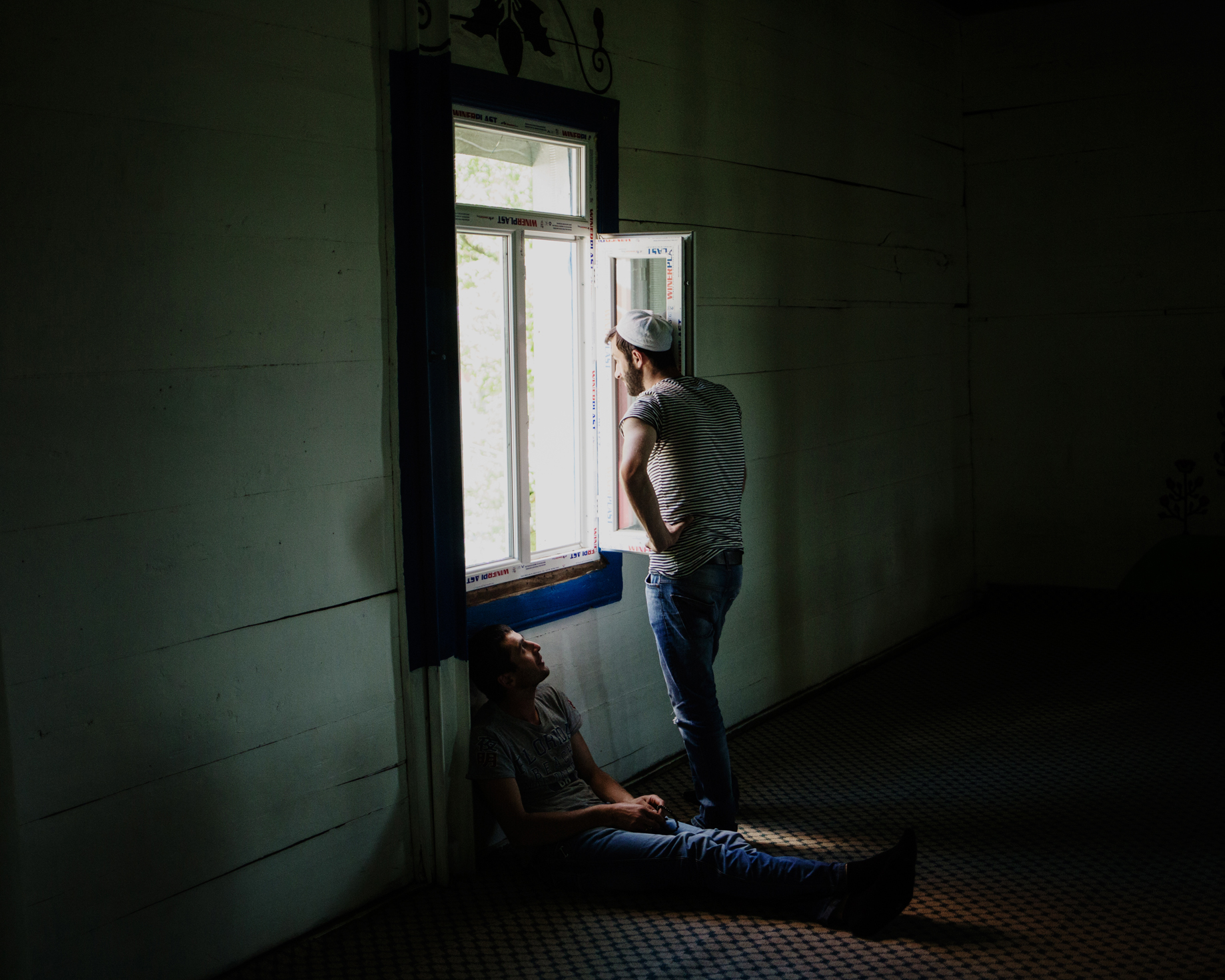
In the village mosque. Ghorjomi population is muslim, an inheritage from the times when Adjara was part of Ottoman Empire. Orthodox religion is re-establishing in Adjara, but in remote villages as Ghorjomi, islam is still very strong.
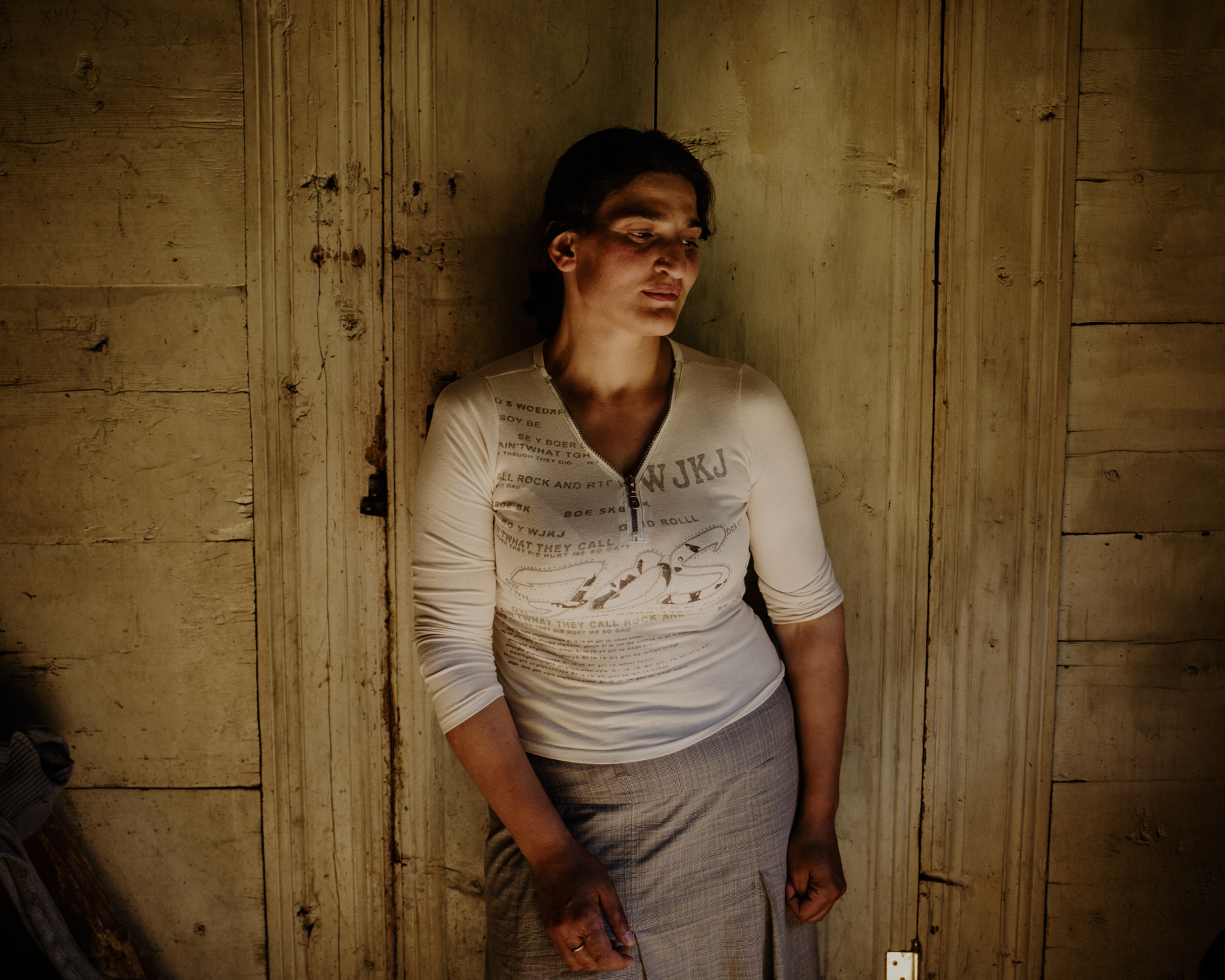
Ghorjomi. An Adjarian woman in her house.
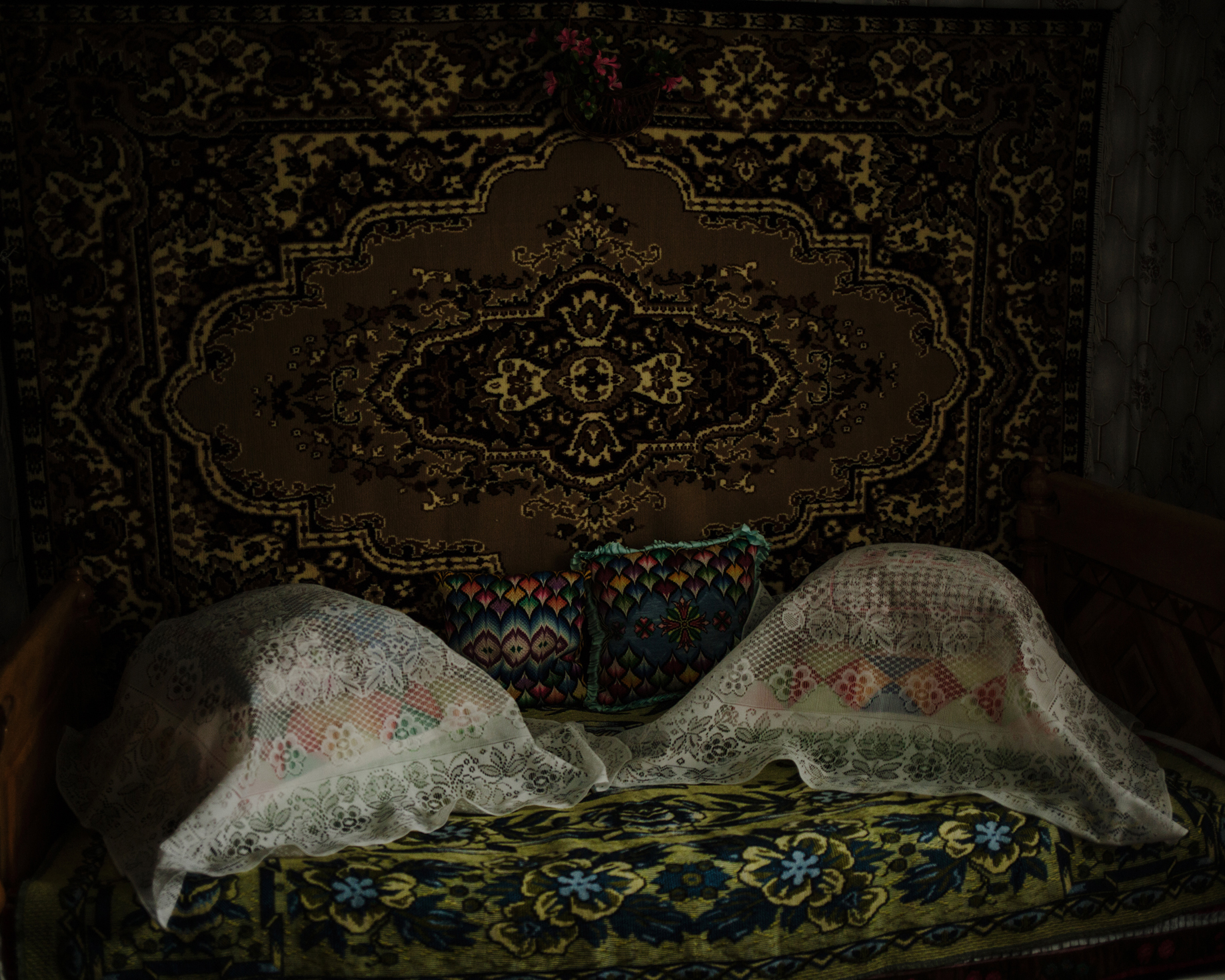
Gorelovka. In the community house of the Doukhobors. This bed is supposed to have been the bed of the chief of the community.
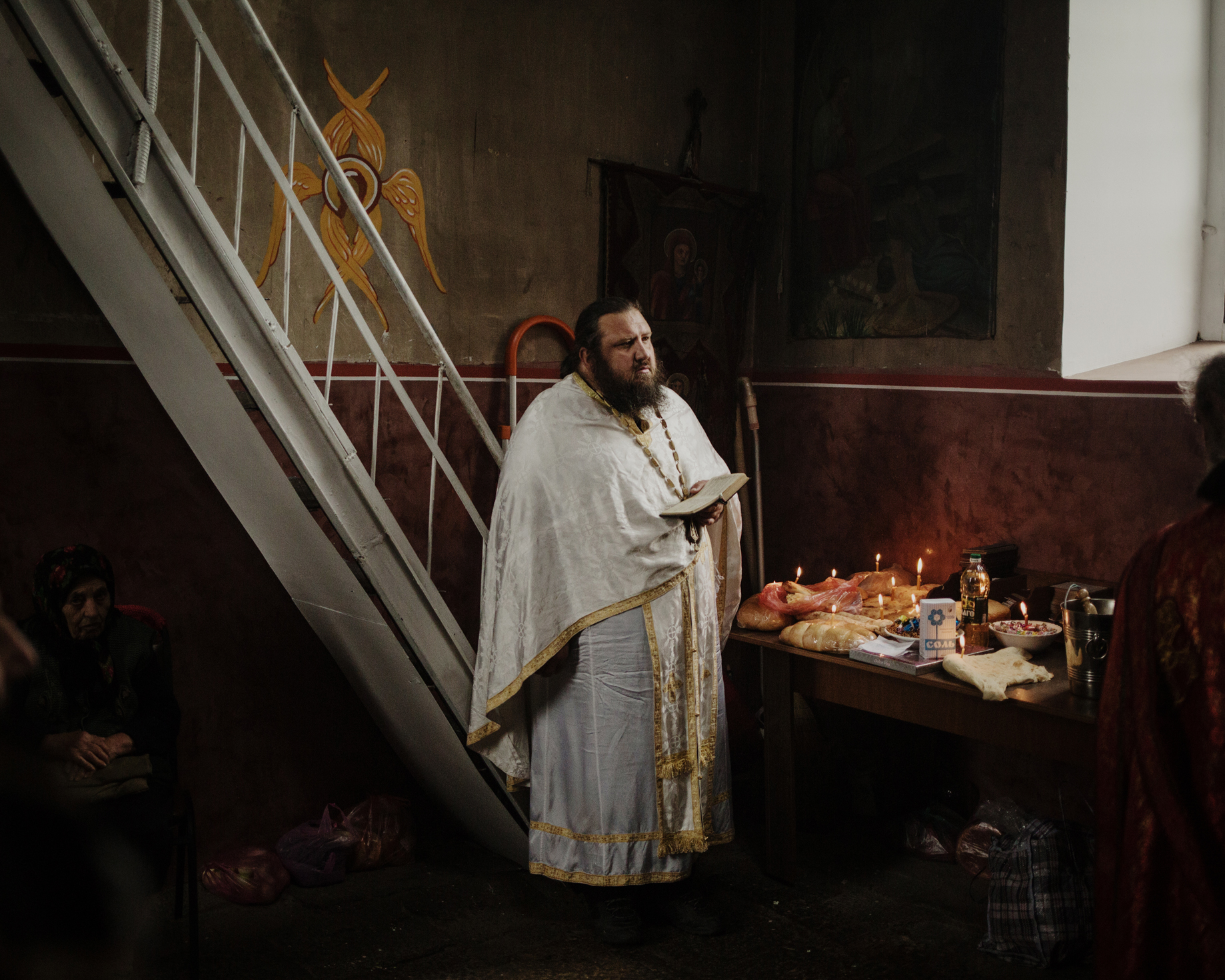
Tsalka is an important center of the Greek community. For many years many a lot of inhabitants have lived between Greece and Georgia to enjoy some advantages in Greece.
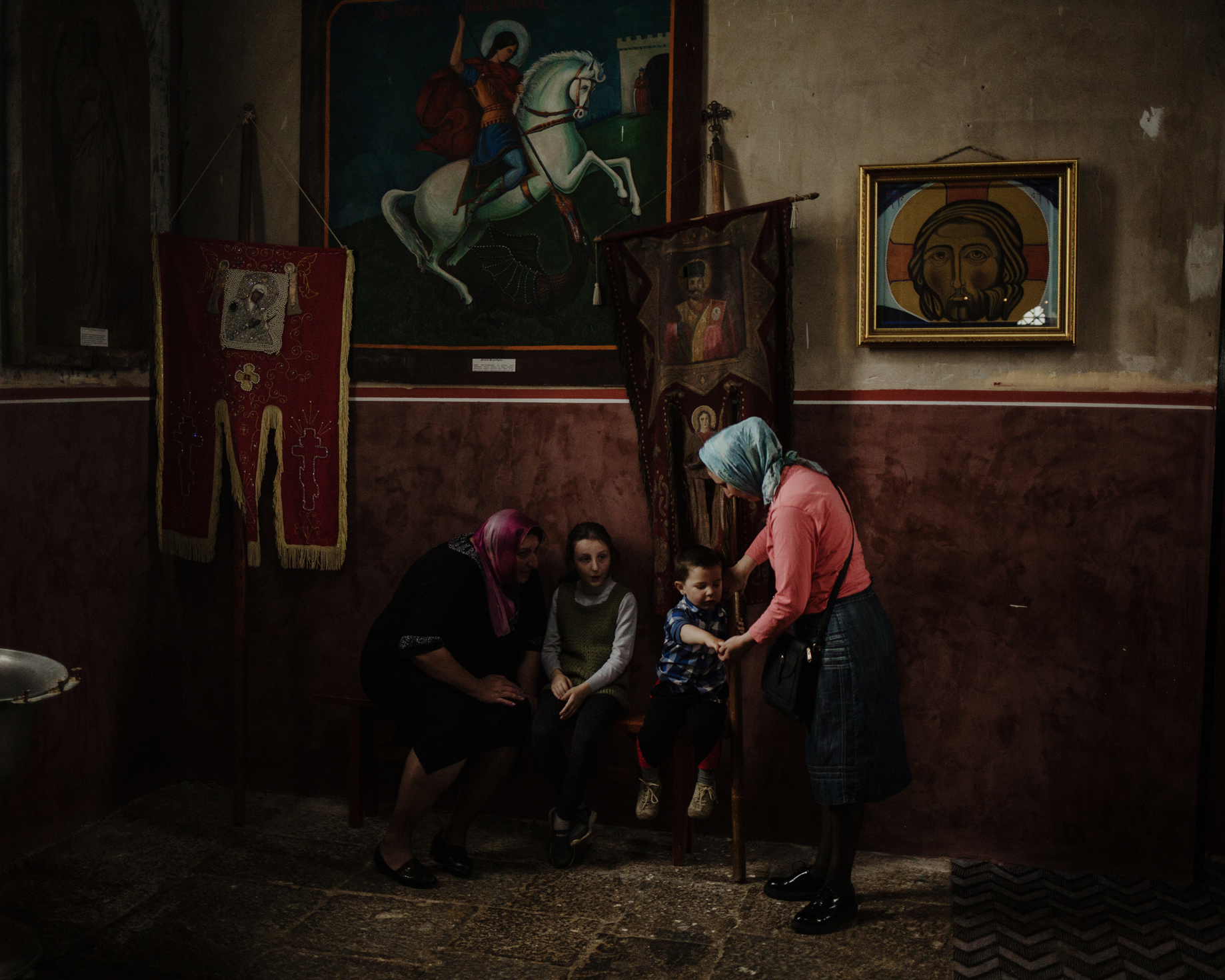
In the Greek church. Many Greeks still come to this church but the Mass is now said in Georgian by Georgian priests.
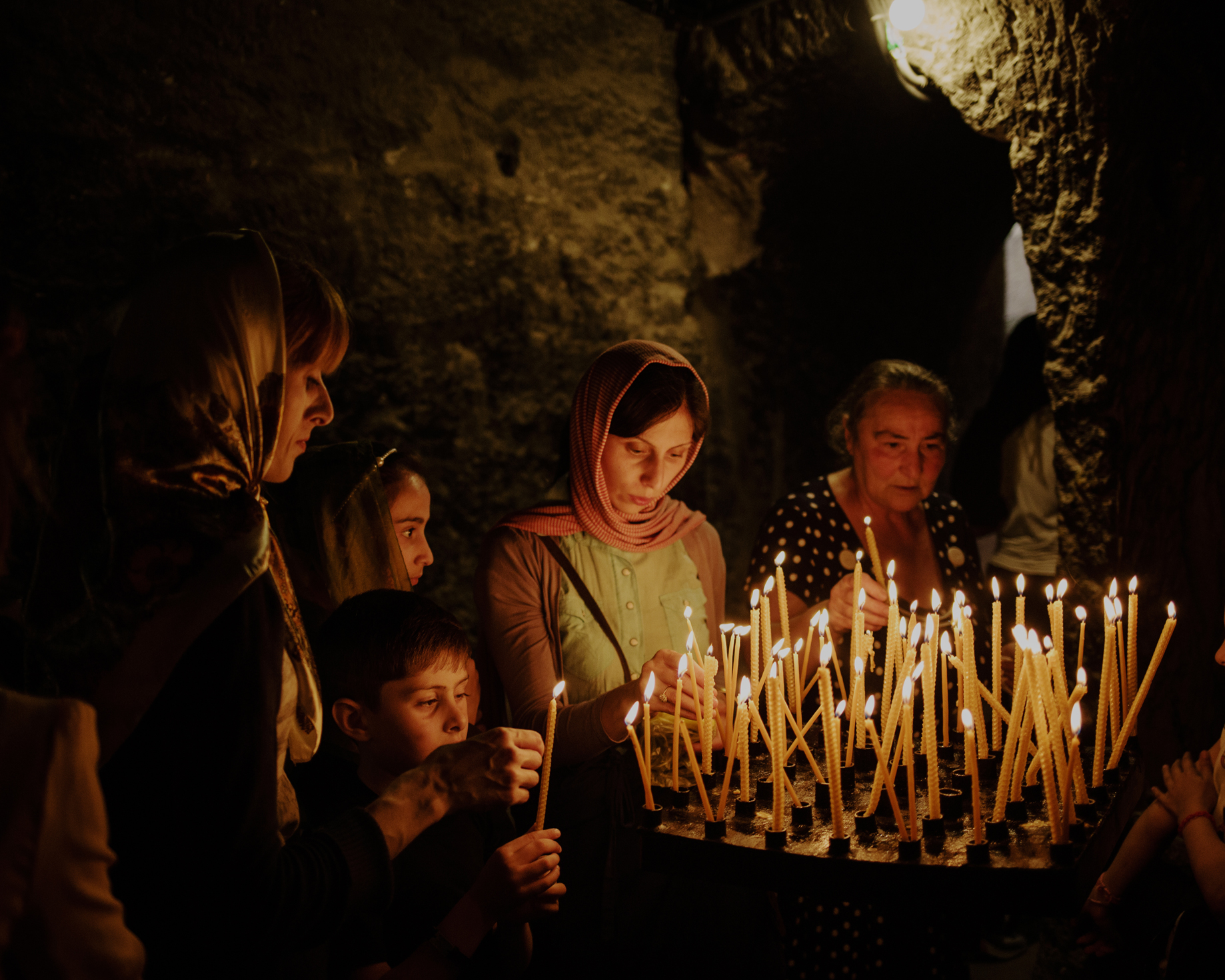
Vardzia is a very important cave orthodox monastery from the 12th century, linked to Queen Tamar, an important figure of Georgian History. Today it is an important site for tourism and pilgrimages.
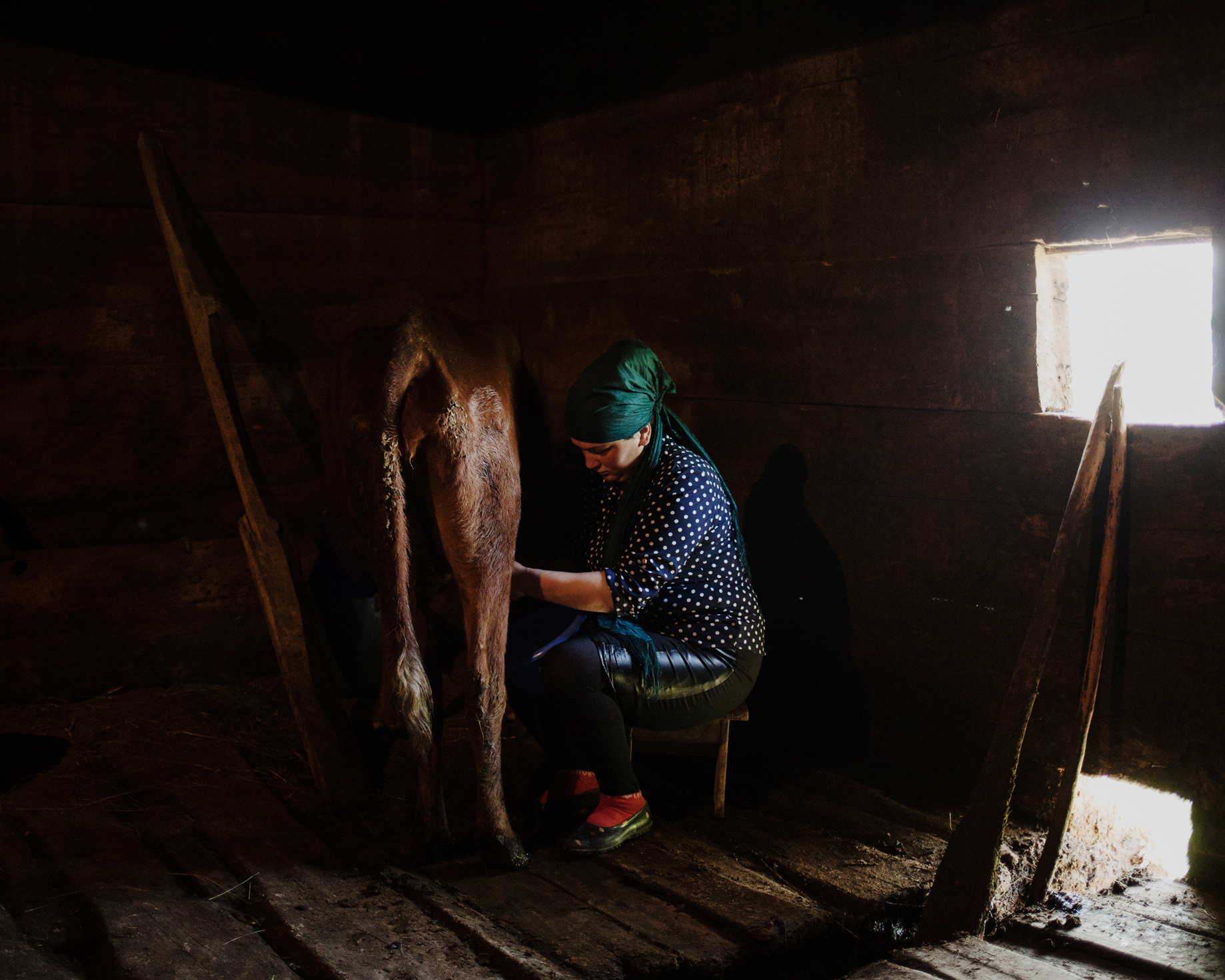
Ghorjomi. Natia milked her cow in the early morning. She has only one cow for their own dairy products. Her husband Zihal and she try to develop an economy not based on agriculture.
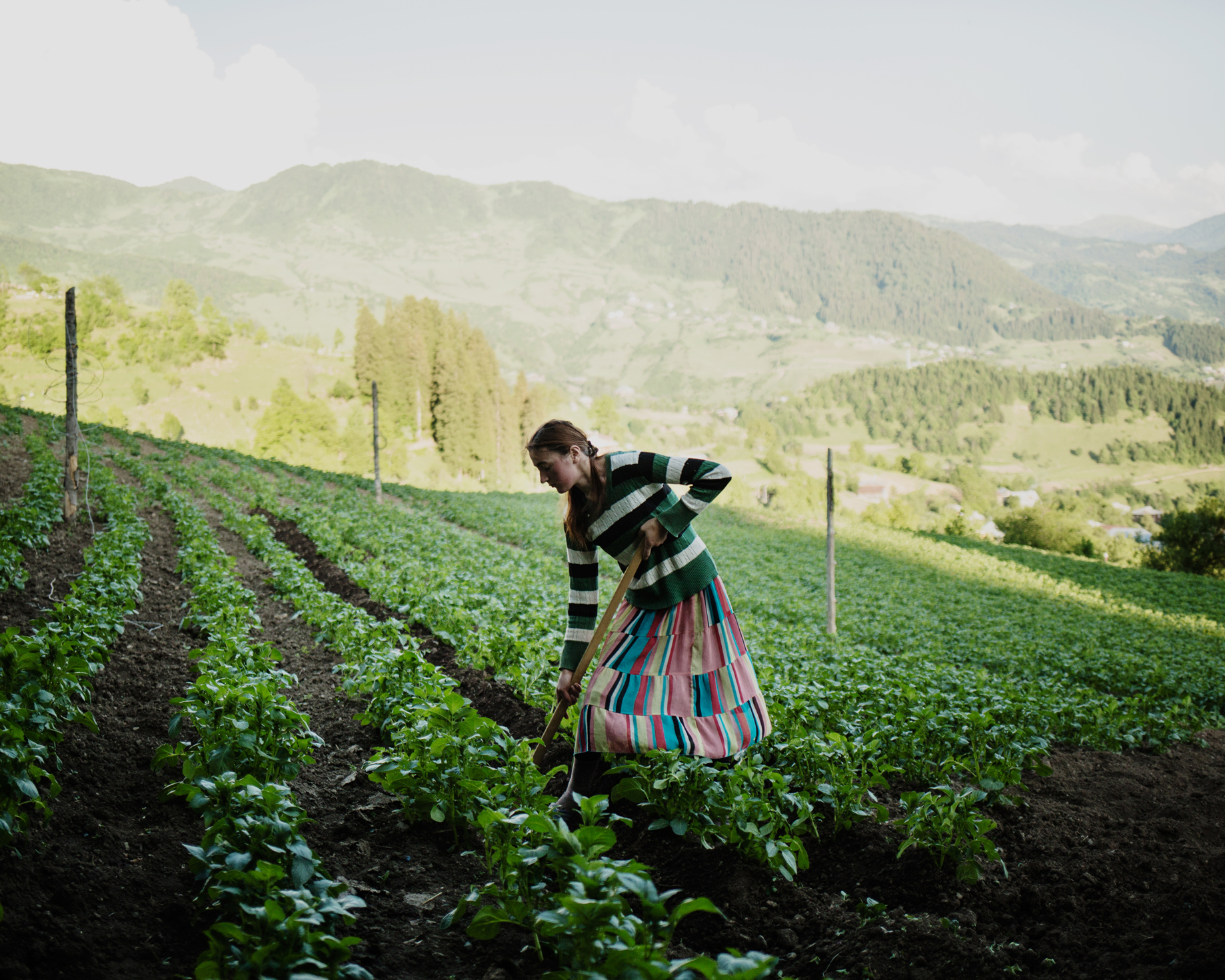
The economy of Ghorjomi is mainly based on agriculture, and especially potatoes. Due to the relief, works are still done manually.

Zortikheli. A woman goes and pick her animals while clouds arrive on the village and rain threatens.
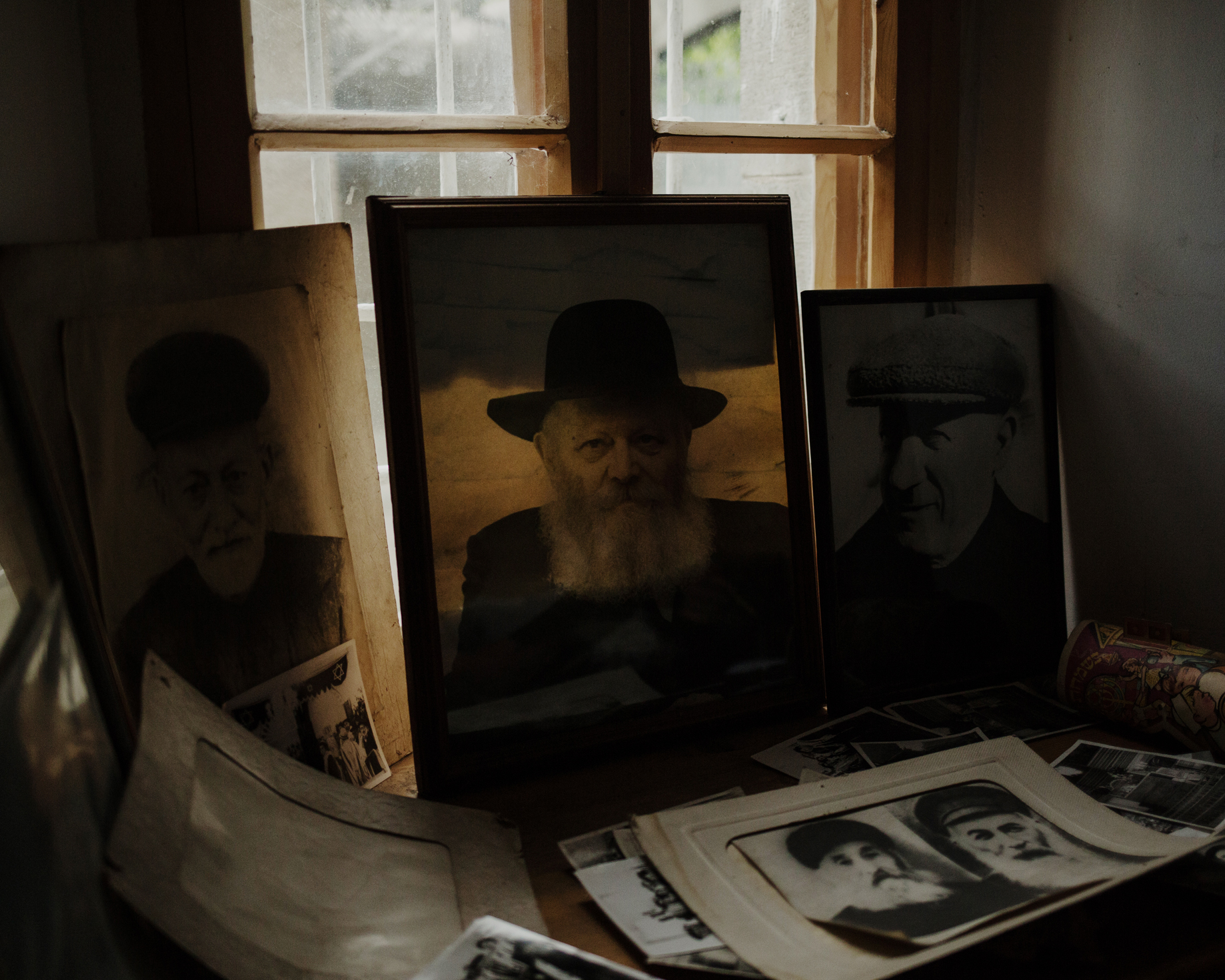
In the synagogue of Akhaltsikhe. One person still takes care of the synagogue. A dozen of Jews remain today in the city. They wait impatiently in the morning that some foreign Jews tourists arrive to be able to pray with them.
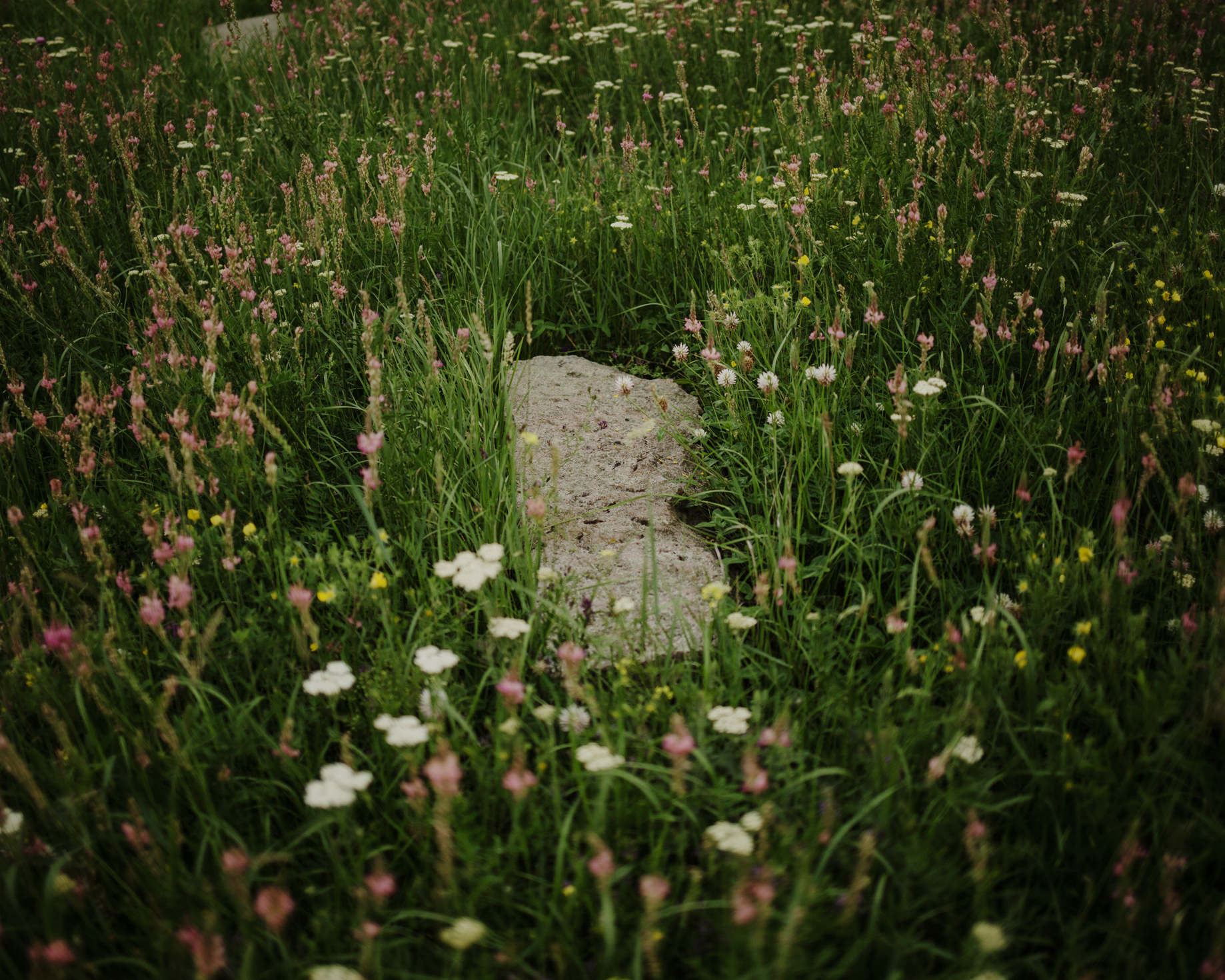
The Jewish cemetery of Akhaltsikhe occupies a big hill above the synagogue. Akhaltsikhe had a very important Jewish community in the past. Almost all of them have left to Israel/
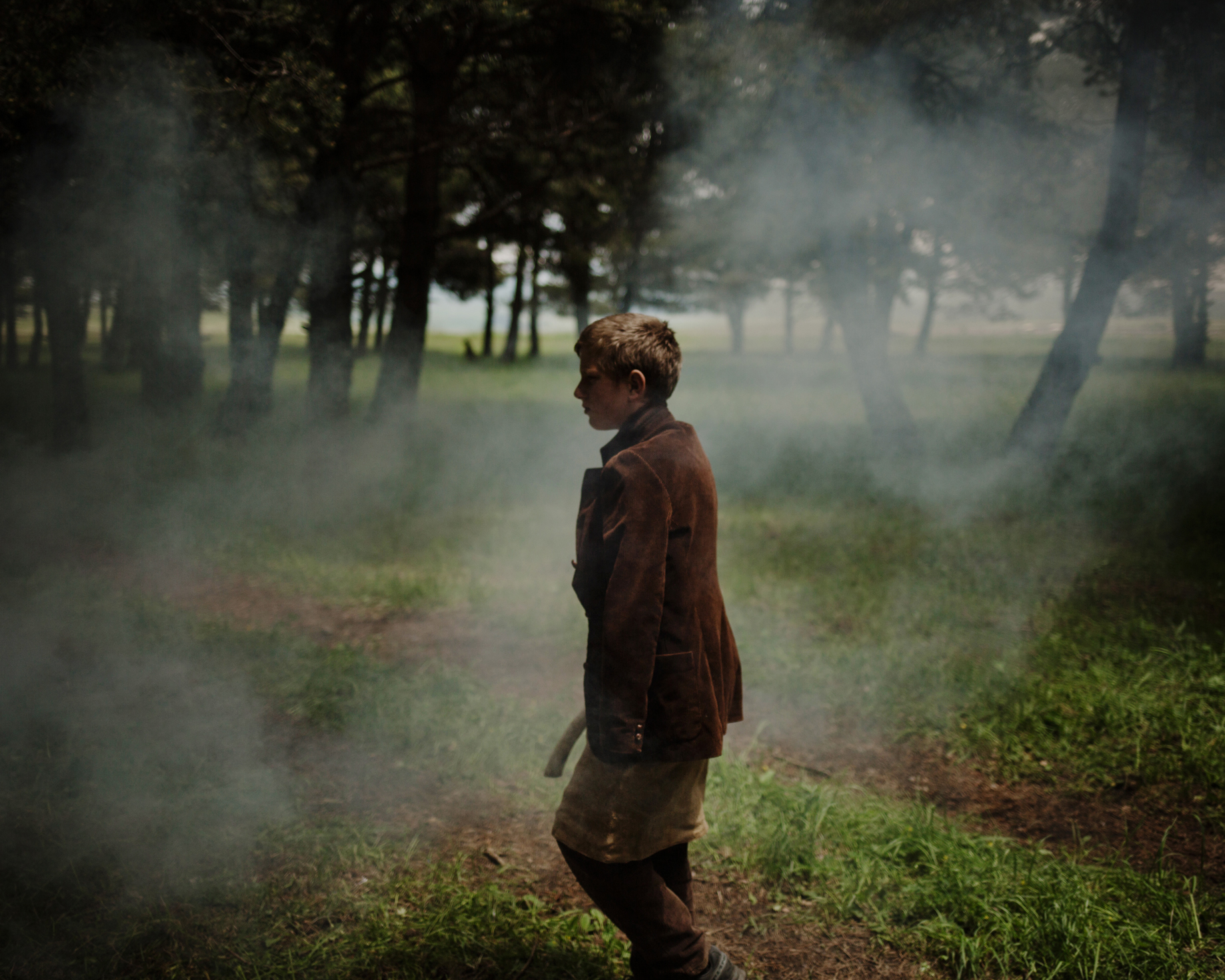
In a forest next to Gorelovka, kids act a traditional Georgian tale about the God of the forest.
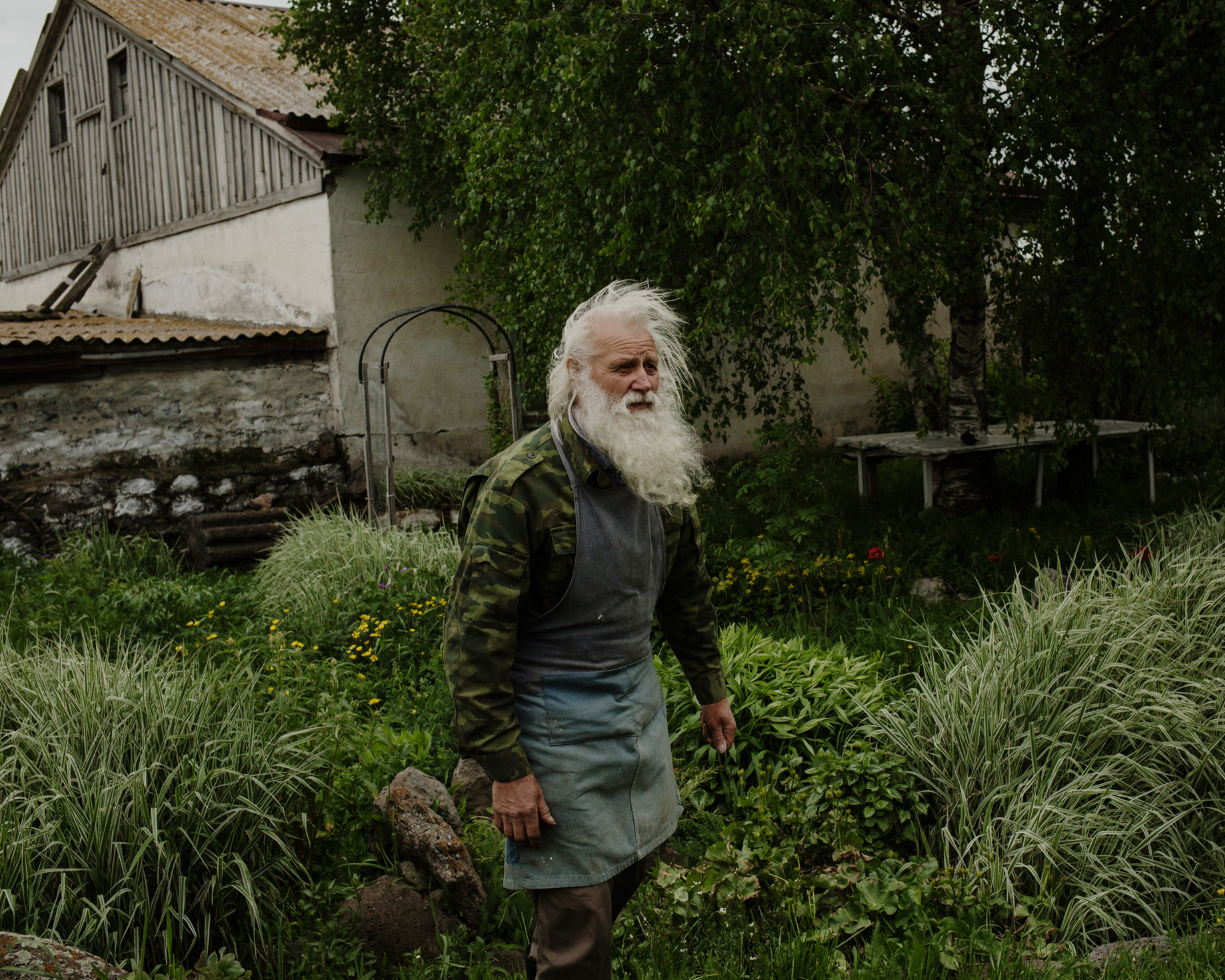
Nikolaï in the middle of his garden where he raises hundreds of different kind of herbs and flowers. He uses it for eating and traditional medicine. Doukhobors are know for their traditional way of life.
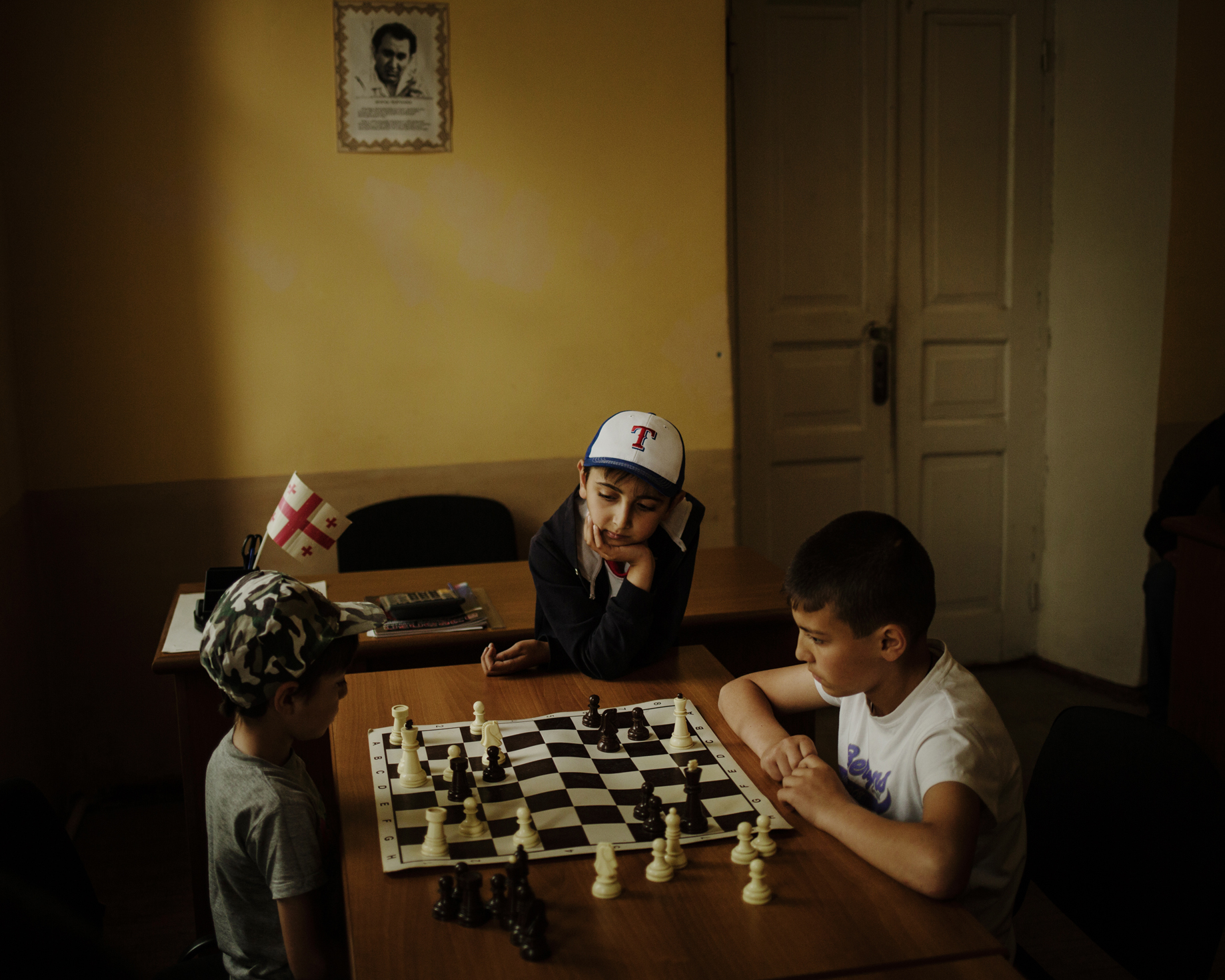
Akhalkalaki. In a chess course for the Armenian community. Chess is a kind of national sport for Armenians. In Armenia it is taught at school like mathematics or history.
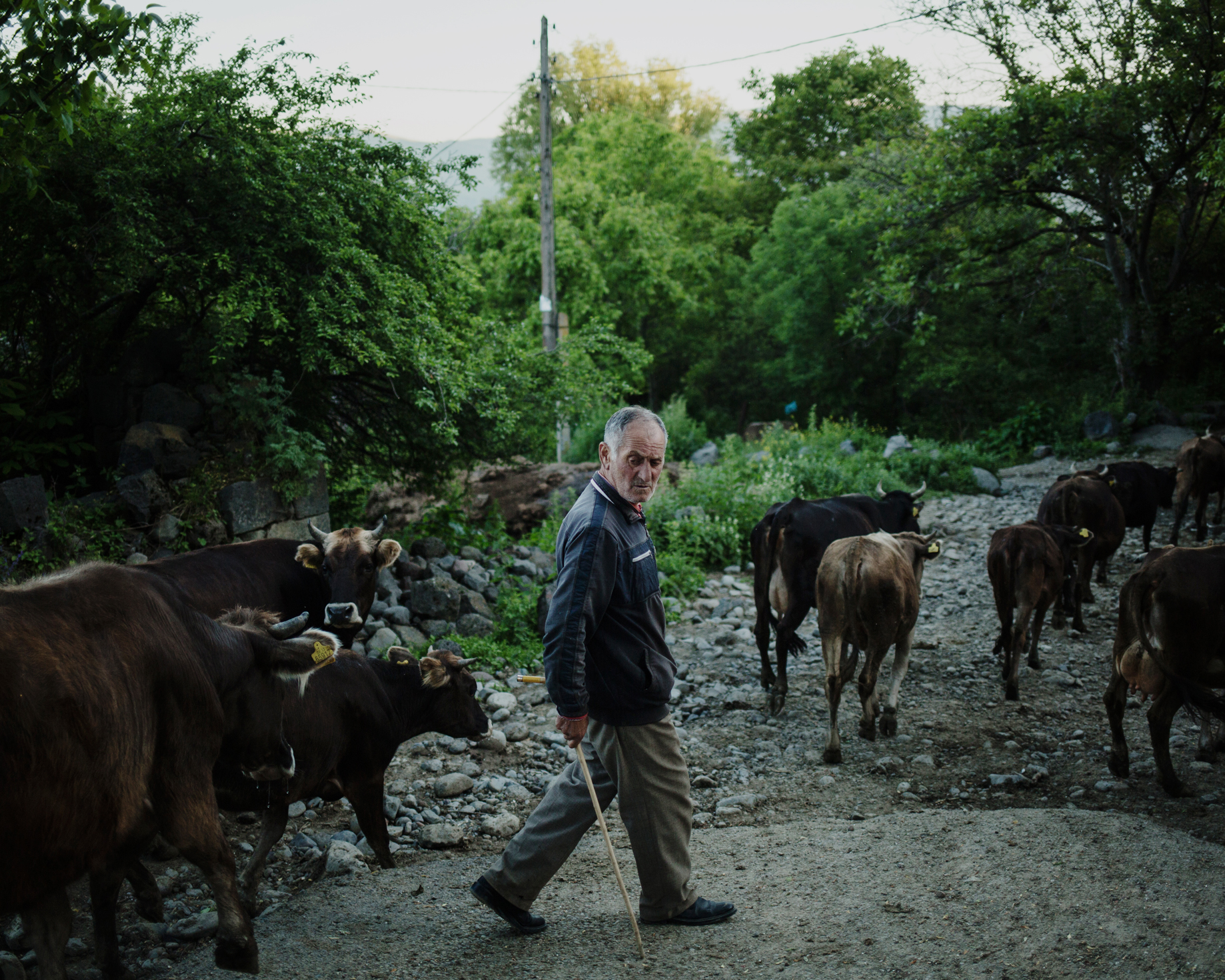
Khiza Vabra. The village is catholic, which is very rare in Georgia. The inhabitants would have converted to the arrival of the Ottomans to be protected by the Vatican. Orthodoxy, so important in the Georgian identity, has made a comeback in recent years
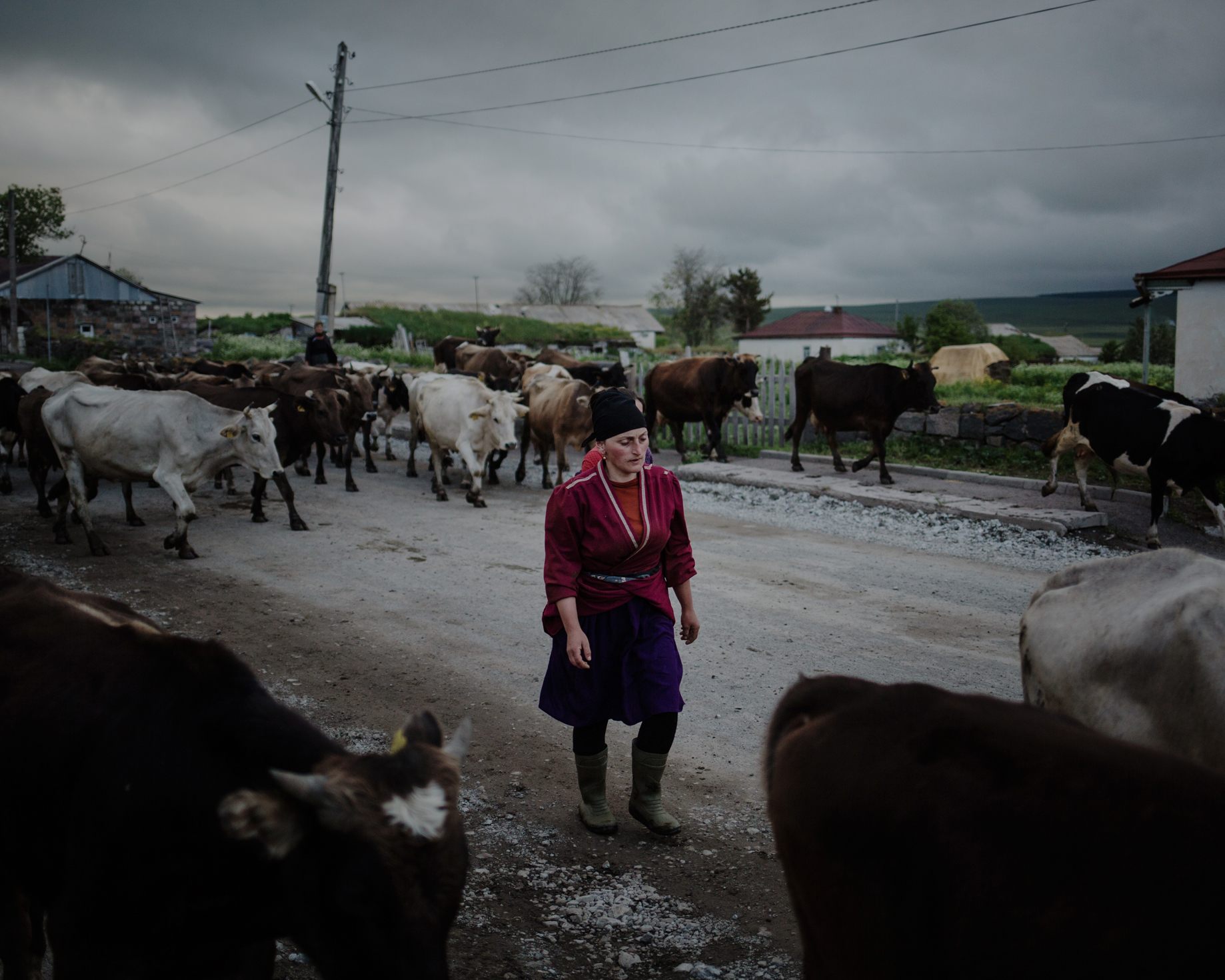
Gorelovka. As cows are coming back from the fields, an Adjarian woman comes to pick her animals. Adjarians who arrived in the region are climatical refugees, they fled landslides in Adjara.
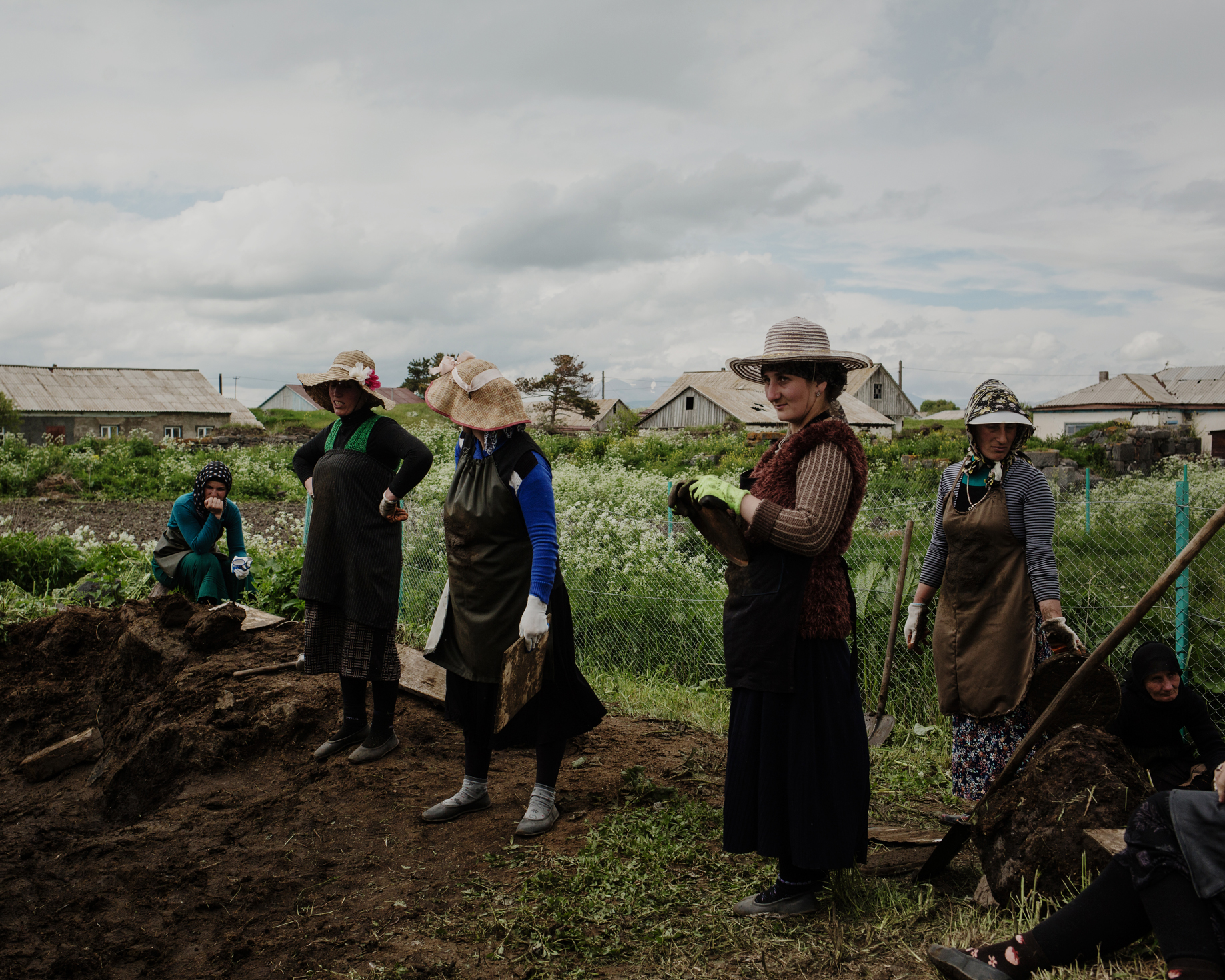
Georgia(ns) - Work in Progress / Adjarian women from Gorelovka are preparing heating bricks with cowpat.
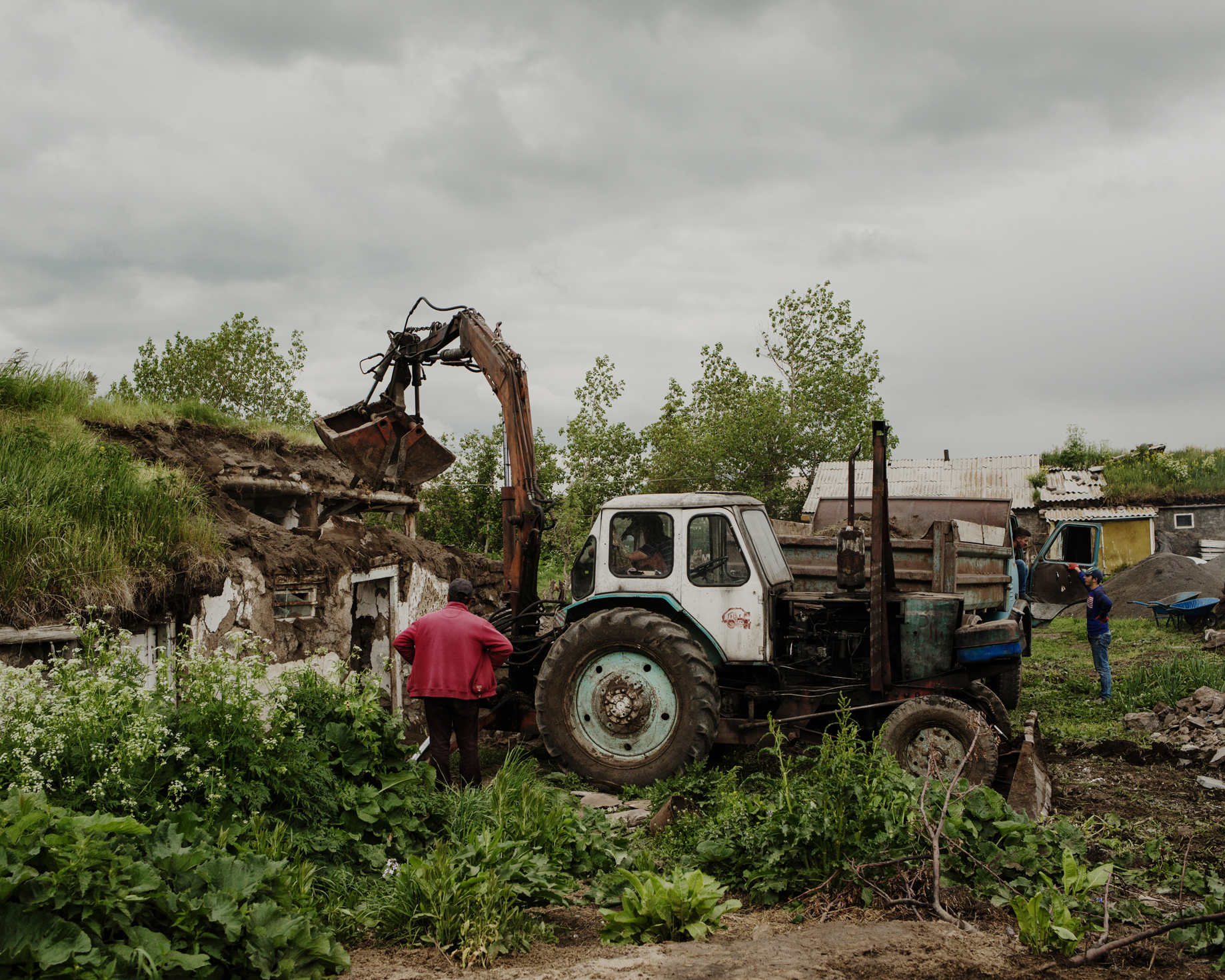
Gorelovka. Armenians are destroying a traditional Doukhobor house to extend their house. Armenians and Adjarians are now the majority of the village.
From Batumi to Tbilisi, if you don't take the main road but use a track closer to the Turkish and Armenian borders, you can meet a sample of the diversity of Georgian population which reflects the history of the region: Greeks, Doukhobors, Armenians, Germans, Meshketians, Jews, Muslims, Catholics, Yezidis, Azeris, Ossets, etc
Since the end of the USSR, the identity policies of each caucasian nation-state, the ethnic conflicts and the economical situations have led to a strong homogenization of the populations. And Georgia is not an exception with strong nationalist policies and the influence of the Orthodox Church. Southern Georgia and its diversity is still an exception, but the dynamic under way is homogenization: the Meshketians of Abastumani are unable to assert their right to return, the Germans of Asureti have left, the last Jews of Akhaltsikhe can be counted on the fingers of the hands, and without the crisis in Greece the departure of the Greeks of Tsalka would not have stopped, the Catholics are slowly converting to Orthodoxy, and the Doukhobors prefer to go to work in Russia while Armenians and Adjarians are replacing them in Samtskhe–Javakheti.
How long will this region retain its multi-ethnic character so typical of the Caucasus?